Sugar is a commonly used ingredient in many recipes for a variety of foods and drinks that many Malaysians love. Frequent consumption of foods and drinks high in sugar will result in excessive intake of calories. If these extra calories are not “burned” up in the body through physical activities, the person is said to be in positive energy balance.
However, there is nothing positive about this condition, as the excess energy is deposited as fat in the body. This situation can easily lead to weight gain and obesity, both of which are recognised risk factors for non-communicable diseases (NCDs) such as type 2 diabetes and coronary heart diseases.
The Malaysian Dietary Guidelines (MDG) emphasise limiting the intake of sugar, regardless of whether it is used in foods or drinks. Similarly, the World Health Organisation (WHO) also strongly recommends that the intake of free sugars (i.e. both added sugars and sugars that are naturally present in honey, syrups, fruit juice, and fruit juice concentrates) be limited to less than 10% of a person’s total energy intake. This recommendation applies to both adults and children.
For instance, if your child is between 7-9 years old, his daily energy requirement is 1800kcal (for girls, it is 1600kcal). Thus, his maximum daily sugar intake from all foods and drinks should not exceed 180kcal. What this means in terms of amount of sugar is 9 teaspoons or 45 grams of sugar per day. If a child consumes a can of soft drink or a piece of chocolate cake (see table on the next page), he would have reached the maximum recommended daily sugar intake.
Watch out for the sugary traps
It is often easy to have a high sugar intake as there are many added sugars in food and drinks. You have to be more alert in order to reduce any excessive intake of any foods and drinks that are sugar-rich.
As a consumer, you will have to be more savvy in learning how to identify the ‘hidden & added’ sugars that pre-packaged foods may contain. For instance, you can look for the amount of sugars in the nutrition information panel (NIP) of all ready-to-drink beverages. For other pre-packaged foods, you may not be able to find the sugar content on the NIP as it is not required by law at this time. An alternative way to gauge the amount of sugar in pre-packaged foods is to look at the ingredient list. Any added sugars should be listed here. There are many names for added sugars, such as sucrose, brown sugar, corn syrup, fructose, maltose, gula melaka, or molasses.
There are also other information on the food label that can guide you in looking for lower sugar content products. Look for claims on the label that say: “lower sugar” or “free of sugar”. However, you need to be wary if a claim says: no sugar added, as the product can still have high amount of naturally occurring sugar!
Unfortunately, there are also many other foods and drinks that do not have the NIP for you to look at. These ‘hidden’ sugars are present in foods and drinks that are sold in restaurants, cafes, coffee shops and street vendors. These include the many kuih and desserts that many of us simply cannot resist. So just how much sugar is contained in some of these foods and drinks? Here’s a list of some common sugar-rich foods and drinks and the amount of sugar they contain:
Cut sugar, lower your risk
Ask any nutritionist and he or she will tell you to avoid eating excessive amounts of total fat, trans-fat, sugars and salt in order to lower your risk of obesity and related NCDs. Reducing your intake of sugar-rich foods and beverages is an important step to get you started on living a healthy lifestyle.
Remember, NCDs do not discriminate as they can happen to anyone regardless of age, gender, or ethnicity, so eliminate its chances of striking you. Start by reducing your intake of sugar today. Here are some tips to help you get started:
1) Eat less sugary foods:
- Choose cakes, kuih, or other sweet desserts with less sugar (use less sugar if you are making your own; the sugar used in most recipes can be safely reduced without affecting the taste too much).
- Simply eat less of such cakes, kuih or sweet desserts! Substitute these with fresh fruits instead.
- Eat foods that are NOT sugar-rich more frequently.
- Avoid eating sugar-rich foods between-meals or close to bedtime.
- When buying pre-packaged foods, check the ingredients list – bear in mind that the ingredients are always listed in order starting from the largest quantity used. Thus, if sugar is one of the first few items listed, that means the food or drink is high in sugar. If the NIP includes sugar, check out the amount contained in the product. Opt for products with a lower sugar content if available.
2) Drink less sugary beverages:
- Water is the drink of choice – avoid sugar-rich beverages such as soft drinks and syrups/cordials.
- Limit the use of sugar and sweetened condensed milk/filled milk when you make your own drinks – just one teaspoon per cup will do.
- When ordering drinks at the mamak or your local kopitiam, make it a point to request for ‘kurang manis’ or less sweet.
- Limit your consumption of sugar-rich concoctions such as cendol and air batu campur (ABC).
- Avoid drinking sugar-rich beverages between-meals or close to bedtime.
- When buying ready-to-drink beverages, check the amount of sugar from the NIP to find out how sugar-rich it is. Opt for products with a lower sugar content.
An educational collaboration with Nutrition Society of Malaysia.


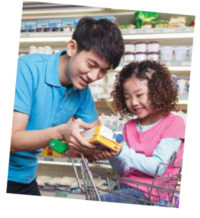
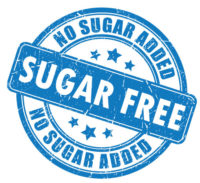
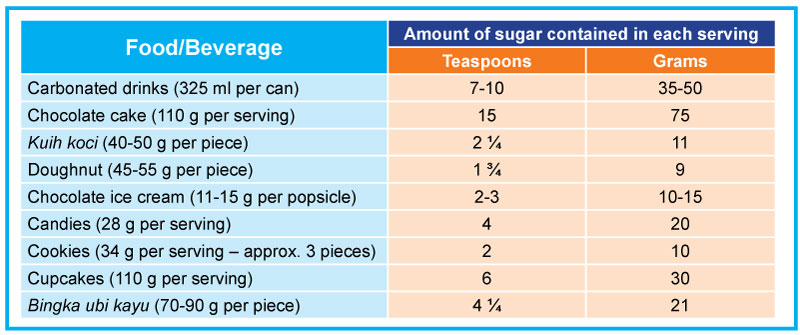

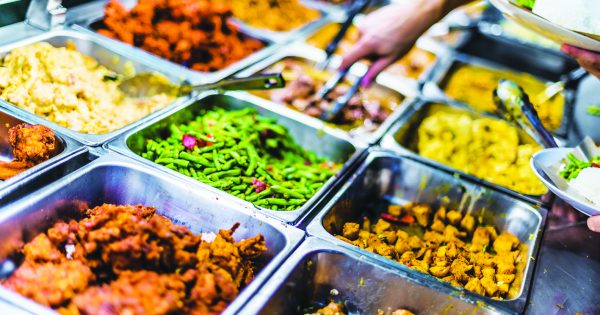

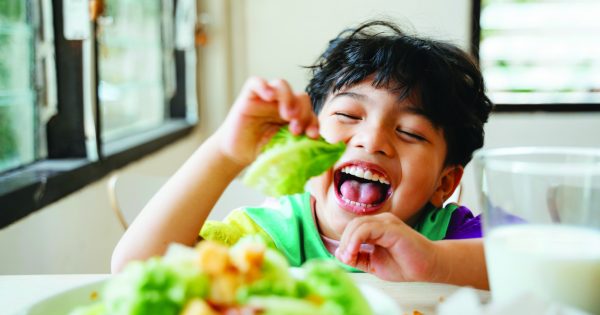
Comments